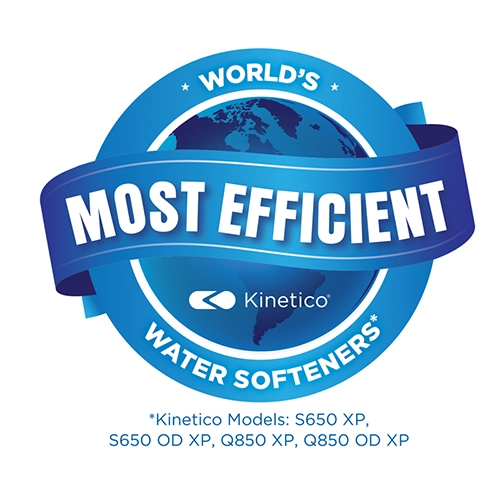Does Reverse Osmosis Remove PFAS?
99% Client Satisfaction
Industry Leading Warranty
Family Owned & Operated
Emergency Services
Financing Available
Does Reverse Osmosis Remove PFAS?
Reverse osmosis water filtration is a wonderful thing that has revolutionized the world of water purity. Its origins lie in the idea that, as there is the sea all around us, but we can’t consume it because of the salt, if we could just remove the salt there would be unlimited H2O to drink. What was needed, then, was a way of pushing water through some material with microscopic pores that would allow the water to pass but would hold back the salt molecules.
Reverse osmosis does that, and at the same time keeps most other substances on the safe side of the thin material known as a membrane. In this way, RO has for generations now been used to remove impurities including metals such as lead and iron, poisons including arsenic, and other, less dramatic substances.
The new chemical compounds that are worrying America today are the PFAS, often referred to as “forever chemicals”, because they are so hard to break down that it looks like we are stuck with them for the duration.
However, reverse osmosis has proven extremely effective in removing PFAS, and because RO systems are available to everyone and relatively affordable, many households are joining the reverse osmosis revolution.
PFAS is one of those scientific discoveries that at first were celebrated for their ability to solve a number of mundane problems. The headline ability concerned a coating containing PFAS that would prevent food from sticking to a pan during cooking. No more scrubbing and scouring: this stuff had an inbuilt ability to keep things separate. The brand name Teflon was embraced as a handy way of referring to these compounds.
When applied to fabrics, its resistance to water led to its widespread use in outdoor clothing. As the world congratulated itself on yet another scientific breakthrough that would make our lives that little bit more comfortable, other areas of research were beginning to spot something that looked suspiciously like a very unwelcome trend.
It was several years before PFAS came to be linked with a long and damning list of health issues, ranging from certain cancers to issues in pregnancy, liver problems and even cholesterol. Once the health implications became known to the public, attention switched to how to deal with this, but the horse had bolted. PFAS were here to stay and the best we could do was filter them out of our drinking water. At least we could keep the forever chemicals out of what came out of the faucet, and we could avoid topping up the levels that already existed within us.
The presence of PFAS in drinking water is influenced by factors such as where the PFAS-producing and PFAS-using factories are. If you live near one, there is clearly a possibility that the compounds would get into the drains and the surrounding water, deep within the earth but we’re always looking for it and bringing it to the surface. If you don’t know what is in your water, the sensible move is to get it tested.
Research continues, as it does constantly in the medical field, but until a better solution becomes known and is implemented by the governments of the USA and the wider world, reverse osmosis is an option that can help us all.








